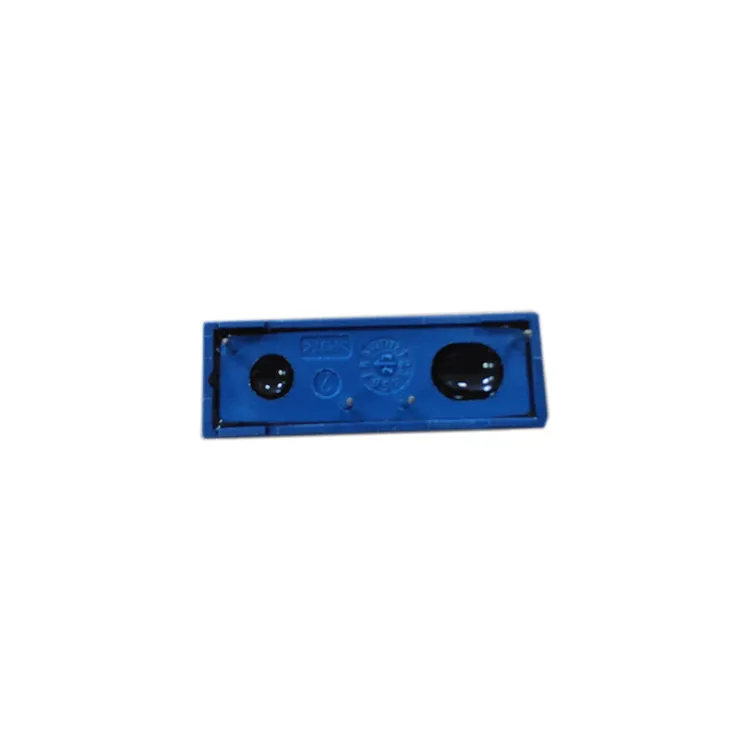In the world of electronics and sensing technologies, few components are as elegantly simple yet remarkably versatile as the reed switch. Often overlooked in favor of modern solid-state alternatives, these tiny magnetic switches have been quietly enabling innovations for decades. Let’s dive into what reed switches are, how they work, and why they remain indispensable in countless applications today.
What Is a Reed Switch?
A reed switch is an electrical switch operated by an applied magnetic field. It consists of two ferromagnetic nickel-iron reed contacts (or “reeds”) sealed inside a hermetically closed glass tube filled with inert gas. When a magnet approaches, the reeds magnetize, flex toward each other, and make contact, closing the circuit. When the magnetic field is removed, the reeds spring back to their original position, breaking the connection.
This simple “make or break” mechanism requires no physical force, making reed switches ideal for scenarios where touchless operation, reliability, and longevity are critical.
How Do Reed Switches Work?
The magic lies in the magnetic interaction:
- At rest: The reeds are separated by a small gap, keeping the circuit open.
- Magnetic activation: When a magnet is brought near (typically within 10–50 mm, depending on strength), the reeds become magnetized. Their overlapping ends attract each other, bending until they touch.
- Circuit closure: Contact between the reeds allows current to flow.
- Deactivation: Removing the magnet demagnetizes the reeds, causing them to spring apart due to their inherent elasticity.
Reed switches can be normally open (NO) or normally closed (NC), with some variants combining both configurations.
Key Applications of Reed Switches
Despite their simplicity, reed switches are found in a surprising range of industries:
- Security Systems:
- Door/window sensors in alarm systems use reed switches to detect openings. A magnet on the door aligns with the switch on the frame; when the door opens, the circuit breaks, triggering an alert.
- Consumer Electronics:
- Laptops and flip phones use reed switches to detect lid closure, activating sleep mode.
- Refrigerators employ them to control interior lights.
- Medical Devices:
- Implantable devices like pacemakers use hermetically sealed reed switches to avoid contamination while enabling external magnetic control.
- Automotive:
- Fuel level sensors in gas tanks pair reed switches with a float-mounted magnet. As fuel levels change, the float moves, activating different switches to gauge volume.
- Industrial Automation:
- Reed switches act as proximity sensors in machinery, detecting the position of moving parts without physical contact.
- Renewable Energy:
- Wind turbines use reed switches to monitor blade position or detect overspeed conditions.
Advantages of Reed Switches
- Longevity: With no mechanical wear (contacts are sealed in glass), reed switches can last millions of cycles.
- Low Power Consumption: They require no power to operate passively, making them perfect for battery-powered devices.
- Hermetic Sealing: The glass tube protects contacts from dust, moisture, and corrosion.
- Simplicity: No complex circuitry or programming required.
Limitations
- Fragility: The glass enclosure can break under mechanical stress.
- Limited Current Handling: Most reed switches are rated for low-current applications (e.g., <1A).
- Magnetic Interference: Strong external magnetic fields can cause unintended activation.
Reed Switches vs. Hall Effect Sensors
While Hall effect sensors (solid-state magnetic sensors) dominate modern designs, reed switches still hold their ground. Hall sensors require power and external circuitry but offer faster response and programmability. Reed switches, on the other hand, are self-contained, cheaper for simple ON/OFF tasks, and excel in ultra-low-power or high-voltage scenarios.
Conclusion
Reed switches are a testament to the enduring value of simplicity in engineering. From safeguarding homes to keeping pacemakers running, these unassuming components prove that sometimes, the oldest solutions are still the smartest. As technology evolves, the reed switch’s blend of reliability, cost-effectiveness, and zero-power operation ensures it will remain a staple in the engineer’s toolkit for years to come.
Whether you’re prototyping a DIY project or designing industrial equipment, don’t underestimate the humble reed switch—it might just be the perfect fit for your next magnetic marvel!

